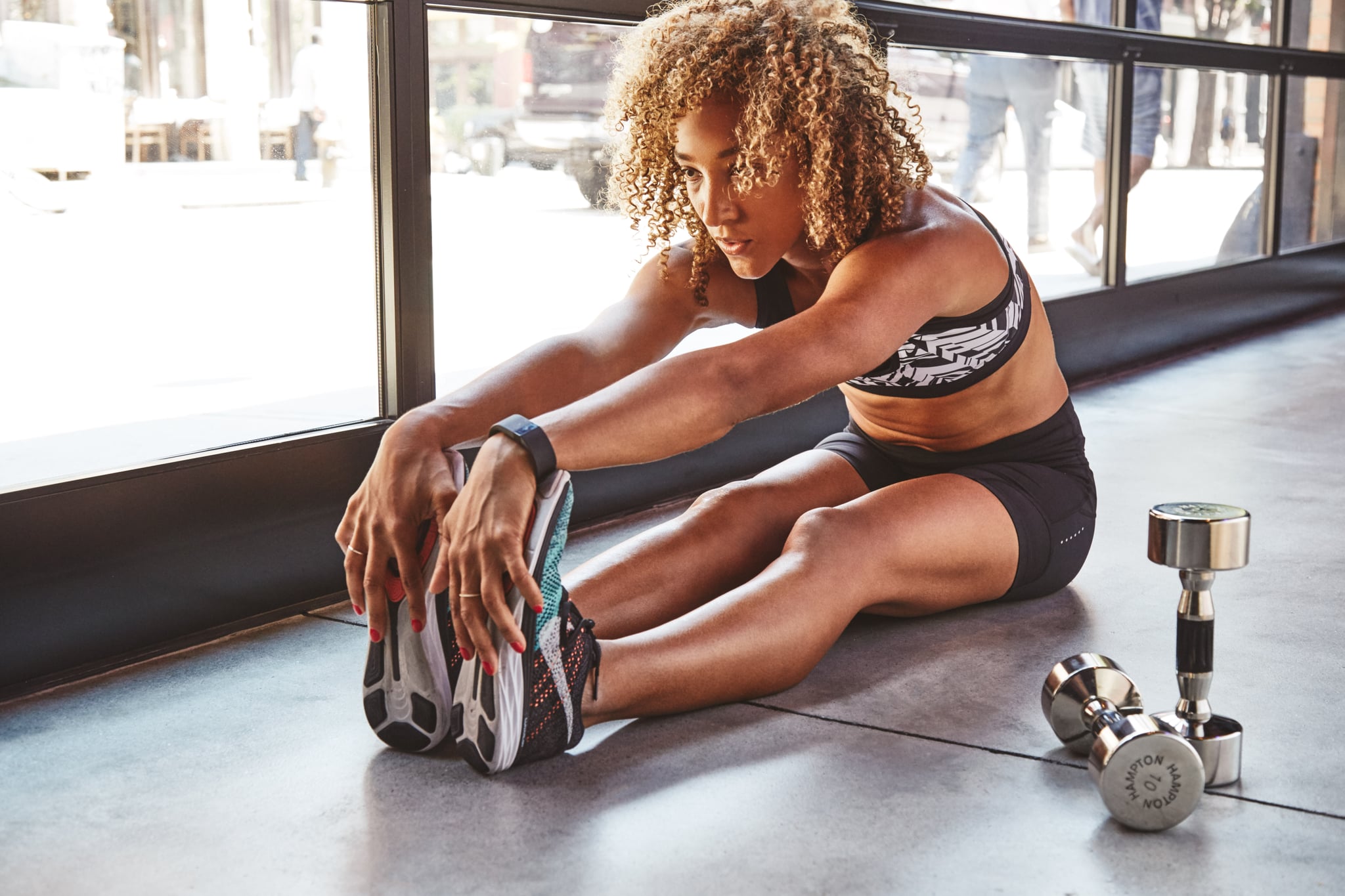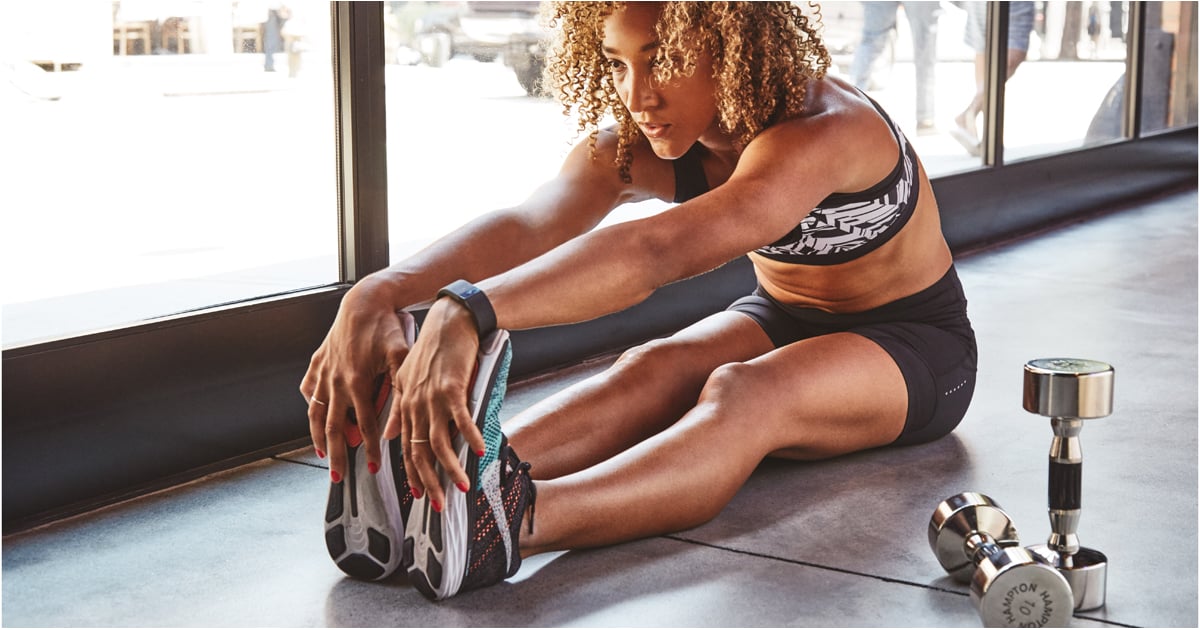
If you ask 100 people if you should do cardio before or after strength training, chances are that you’ll get an even split of answers. But if you follow up by asking why one or the other should come first, you’ll likely get about 100 different reasons.
Anna Victoria, a personal trainer and the founder of the Fit Body app, took to Instagram Thursday evening to address the various opinions. “There’s a new trend of fitness advice going around where people are claiming that doing cardio *before* weights is best for fat loss goals, and doing cardio *after* weights is better for strength goals. This is false.”
According to Victoria, “fat loss comes down to end of day energy balance (deficit vs surplus), and cardio is simply one way to achieve that (although via proper nutrition is most efficient). Doing cardio before or after weights will achieve the same end of day energy balance, and in fact, doing intense cardio after weights is typically best in order to preserve maximum energy for strength training and proper muscle engagement (which more muscle = more efficient calorie burn in the long run).”
Studies support Victoria’s thinking. Researchers found that running or cycling before lifting weights actually limited the amount of reps people could perform, as opposed to lifting weights without any cardio beforehand, according to a study published in The Journal of Strength and Conditioning Research.
Fitness coach Anthony J. Yeung, CSCS, agrees: “It’s always better to do your strength training before cardio because you want to do your heavier stuff when your body is fresh. If you did it the other way, your body would get tired so you wouldn’t be able to lift as much weight and your technique would worsen.”
If you’re focused more on fat loss, the recommendation is still strength training before cardio, says Diana Chaloux, CPT, owner of the online personal training website HitchFit.com. She explains that “when you strength train, your body utilizes glycogen (which is stored carbohydrates) for fuel, so if you strength train first, and then do cardio immediately after (which prefers fat for fuel for lower intensity cardio), you would create an environment in your body conducive to fat metabolism.”
Another option is splitting your exercise up, and doing one workout in the morning and one in the afternoon or evening. In that case, it matters less what comes first. In fact, research published by the British Journal of Nutrition found that people can burn up to 20 percent more body fat by running in the morning on an empty stomach. For this reason, if fat loss is your goal, it may be a good idea to do cardio in the morning on an empty stomach and then weights later on in the day with a pre-workout protein-based snack.
Bottom line: you’ve got options — and there’s never anything wrong with that. If you can split your training efforts into two separate workouts, consider experimenting with cardio in the morning and lifting weights later in the day in a different session. If you can’t go to the gym twice in one day, make the most of your single session by hitting the weights first then doing your cardio. This way, you can do the heavy stuff when you are at your optimum energy levels. But more importantly — regardless of if it’s cardio before or after a strength-training session — do whatever you enjoy most.
— Additional reporting by Taylor Andrews
